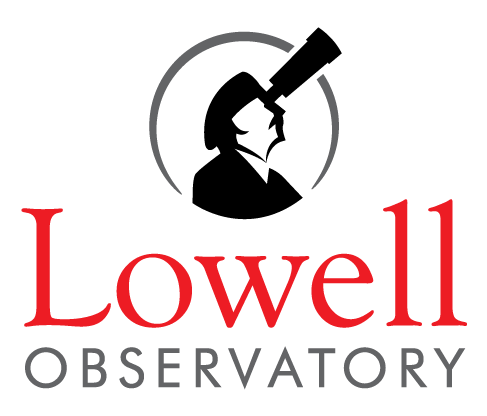As part of the Young Stellar Object VARiability (YSOVAR) program, we monitored NGC 1333 for 35 days at 3.6 and 4.5 m using the Spitzer Space Telescope. We report here on the mid-infrared variability of the point sources in the 10 20 area centered on 03:29:06, +31:19:30 (J2000). Out of 701 light curves in either channel, we find 78 variables over the YSOVAR campaign. About half of the members are variable. The variable fraction for the most embedded spectral energy distributions (SEDs) (Class I, flat) is higher than that for less embedded SEDs (Class II), which is in turn higher than the star-like SEDs (Class III). A few objects have amplitudes (10-90th percentile brightness) in [3.6] or [4.5] > 0.2 mag; a more typical amplitude is 0.1-0.15 mag. The largest color change is >0.2 mag. There are 24 periodic objects, with 40% of them being flat SED class. This may mean that the periodic signal is primarily from the disk, not the photosphere, in those cases. We find 9 variables likely to be dippers, where texture in the disk occults the central star, and 11 likely to be bursters, where accretion instabilities create brightness bursts. There are 39 objects that have significant trends in [3.6]-[4.5] color over the campaign, about evenly divided between redder-when-fainter (consistent with extinction variations) and bluer-when-fainter. About a third of the 17 Class 0 and/or jet-driving sources from the literature are variable over the YSOVAR campaign, and a larger fraction (half) are variable between the YSOVAR campaign and the cryogenic-era Spitzer observations (6-7 years), perhaps because it takes time for the envelope to respond to changes in the central source. The NGC 1333 brown dwarfs do not stand out from the stellar light curves in any way except there is a much larger fraction of periodic objects (60% of variable brown dwarfs are periodic, compared to 30% of the variables overall).
